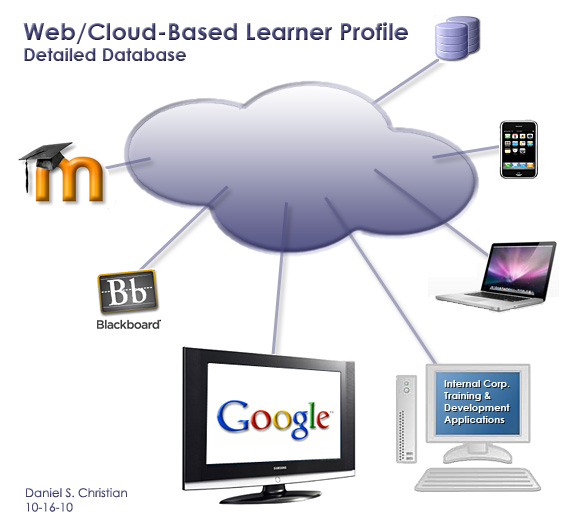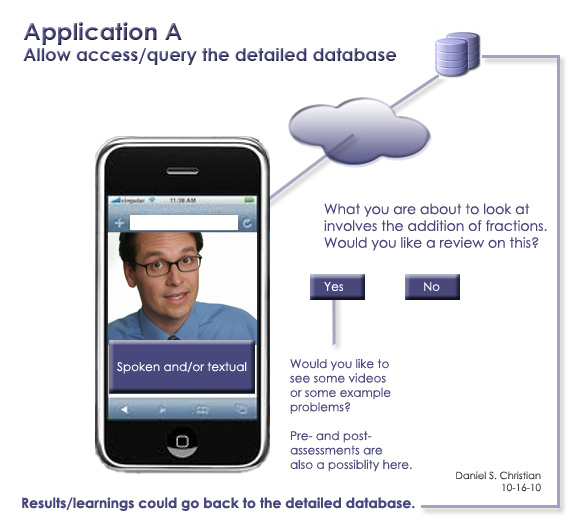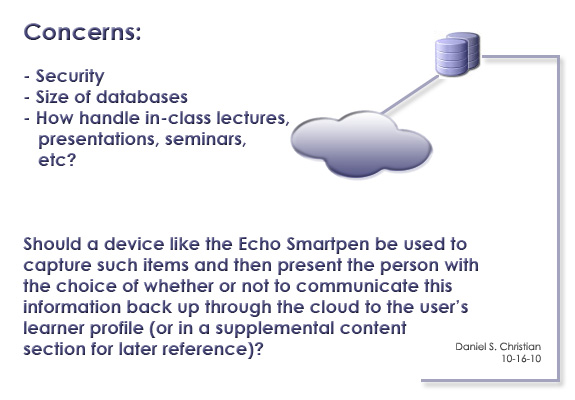
.

.

.

Traditional instructional methods versus intelligent tutoring systems — from4u-all.com
From DSC:
I’m not crazy about the VS. part here…this post isn’t mean to stir competitive juices or put some folks out there on the defensive. Rather, I thought it had some interesting, understandable things to say about intelligent tutoring systems and what benefits they might provide.
A potential solution to this problem is the use of novel software known as “Intelligent Tutoring Systems” (ITS), with built-in artificial intelligence. These systems, which adapt themselves to the current knowledge stage of the learner and support different learning strategies on an individual basis, could be integrated with the Web for effective training and tutoring.
Intelligent tutoring systems (ITSs) are software programs that give support to the learning activity. These systems can be used in the conventional educational process, distant learning courses as well corporate training, either under the form of CDROMs or as applications that deliver knowledge over the Internet. They present new ways for education, which can change the role of the human tutor or teacher, and enhance it.
They present educational materials in a flexible and personalized way that is similar to one-to-one tutoring. In particular, ITSs have the ability to provide learners with tailored instructions and feedback. The basic underlying idea of ITSs is to realise that each student is unique.
They use simulations and other highly interactive learning environments that require people to apply their knowledge and skills. These active, situated learning environments help them retain and apply knowledge and skills more effectively in operational settings.
An intelligent tutoring system personalizes the instruction based on the background and the progress of each individual student. In this way, the learner is able to receive immediate feedback on his performance. Today, prototype and operational ITS systems provide practice-based instruction to support corporate training, high school and college education, military training etc.
The goal of intelligent tutoring systems is to provide the benefits of one-on-one instruction automatically and cost effectively. Intelligent tutoring systems enable participants to practice their skills by carrying out tasks within highly interactive learning environments…
While looking at the video for Sonos Controller for the iPad, I wondered…what if we could replace the selection below — i.e. the word music with the words “educational providers” — and then control which room received which signal/content?
Wow…talk about a home dedicated to learning! 🙂
.
New virtual-agent software uses AI to help users — from CNET via Steve Knode
Intelligent Agents
Watson, IBM’s Jeopardy-playing computer, trumps humans (video) – “A fascinating and insightful update on Watson, IBM’s computer being developed to appear on Jeopardy and compete with humans using the same game playing rules.”
From DSC:
This is both exciting and potentially-disturbing to me. At times, I don’t like to cover a lot of things related to artificial intelligence (AI) — as the motivations of those seeking advances in AI are sometimes suspect to me and at times border on arrogance — but to turn my head and ignore everything that’s happening in this area is not helpful either.
The disturbing part lies in who uses such technology and for which purposes. The exciting part is how intelligent agents can work for us. In fact, I created the following graphic back in May 2008 (with slight edits on the wording made today):

Also see:
Digital doomsday: the end of knowledge – Even as we are acquiring ever more extraordinary knowledge, we are storing it in ever more fragile and ephemeral forms. If our civilization runs into trouble, like all others before it, how much would survive?
Carnegie Mellon’s Open Learning Initiative — learningonlineinfo.org — March 7, 2010
“What a wonderful initiative! Carnegie Mellon’s Open Learning Initiative: Using intelligent tutoring systems, virtual laboratories, simulations, and frequent opportunities for assessment and feedback, the Open Learning Initiative (OLI) builds courses that are intended to enact instruction – or, more precisely, to enact the kind of dynamic, flexible, and responsive instruction that fosters learning.”
And from:
http://oli.web.cmu.edu/openlearning/
Hybrid Education 2.0
[…] the researchers seem more excited by a hybrid application of the open-learning program that, instead of replacing professors, tries to use them more effectively. By combining the open-learning software with two weekly 50-minute class sessions in an intro-level statistics course, they found that they could get students to learn the same amount of material in half the time (emphasis DSC).
“If they’re all getting that baseline information, [faculty] can spend that class time going deeper and doing something much more interesting, so they can really leverage that you’re an expert,” says Candace Thille, director of the Open Learning Initiative, “because right now, oftentimes the faculty expertise is wasted.” (emphasis DSC).
The Open Learning Initiative (OLI)
“Using intelligent tutoring systems, virtual laboratories, simulations, and frequent opportunities for assessment and feedback, the Open Learning Initiative (OLI) builds courses that are intended to enact instruction – or, more precisely, to enact the kind of dynamic, flexible, and responsive instruction that fosters learning.”